Direct drive in a washing machine: what it is, pros and cons

Choosing a reliable and high-quality washing machine is not an easy task. Finding the perfect model is difficult due to the huge and ever-growing range of multifunctional units of different types. When choosing the perfect machine, you need to take into account its technical characteristics and design features. It is important to know if the technique works from a belt or direct drive. In this article, we will talk about the second option and find out what its pros and cons are.

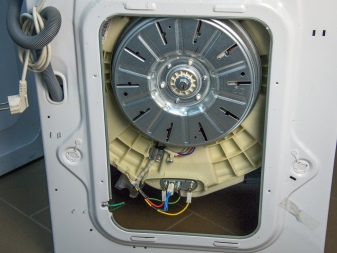
Features of the device
Nowadays, automatic washing machines are presented in a huge assortment. Each consumer has the opportunity to choose the ideal model for himself with all the necessary functions and configurations. Devices with a direct drive motor are very popular today.
Direct drive means direct connection of the rotor to the drum shaft. There is no belt system in such a device.
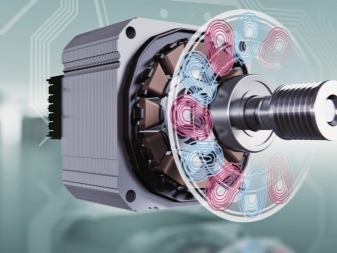
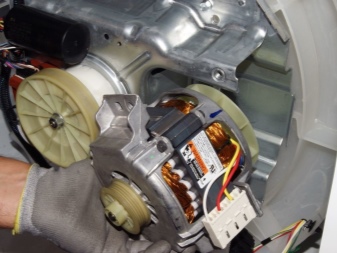
Instead, a special clutch is provided. There are no brushes on the surface of the engine in such washing machines, since in this case they are not necessary.
This technology is called Direst drive. This name is given because the inverter engine is responsible for the rotation of the tank, and the speed is set by electromagnetic waves from the control board. Located under the hatch, the engine "reads" the weight of all items loaded for washing and automatically adjusts the optimal power indicators.
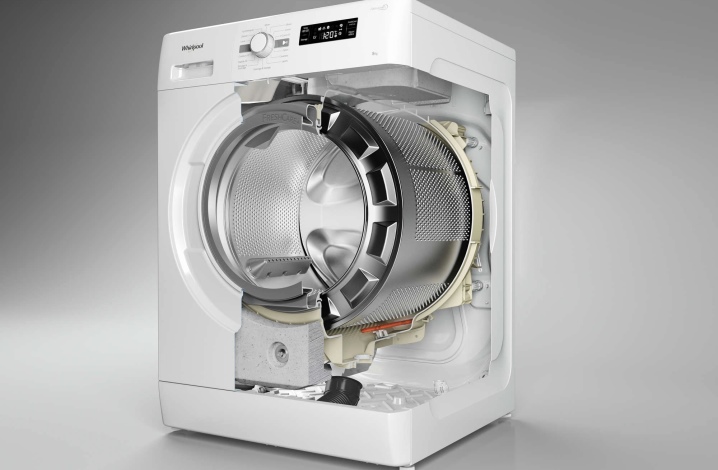
Advantages and disadvantages
Direct drive in modern washing machines is the most preferable. Such systems are in demand, consumers choose them more often than belt ones. There is nothing surprising in the popularity of the direct drive in household appliances, because it has many advantages. Let's get acquainted with them.
- One of the main advantages of a direct drive is the absence of a large number of small parts that quickly fail. Belt varieties cannot boast of such a feature.
- Direct-drive machines run quietly without annoying household members. All that can be heard from such a technique is the light rustling of things spinning in the drum. Belt models, on the other hand, usually operate loudly and with strong vibrations.
- Direct drive washing machines are highly durable. Due to this, the work of the drum in the device is more balanced and of high quality.
- During operation, direct drive machines vibrate very little. This positive effect is achieved due to the high-quality balance and stability of the unit. Under these conditions, things stretch better and get rid of dirt.
- The motor in such household appliances does not need to be regularly cleaned, lubricated and repaired, and there is no need to call professional repairmen or visit the service of the company that produced the unit.
- In automatic mode, it is possible to determine the level of the drum load and the weight of the laundry placed inside. This helps to select the ideal power indicators and the required volume of water in order to avoid unnecessary waste.
- Direct-drive cars are compact in size combined with good storage capacity.In their design, there are no belts, no brush, no pulley, due to which it becomes possible to expand the drum while reducing the body base.
- Direct drive equipment is often purchased with a 10-year engine warranty. Of course, in addition to the engine, there are many other important details in the design of washing machines, so this plus can be considered controversial.
- Direct drive clippers usually have an accelerated wash. The cycle here can scroll much faster due to the operation of the inverter-type engine.
- When operating washing machines with a direct drive, you can significantly save on energy costs. This advantage is achieved due to the elimination of certain elements from the rotation chain and the possibility of automatic control of the required power.
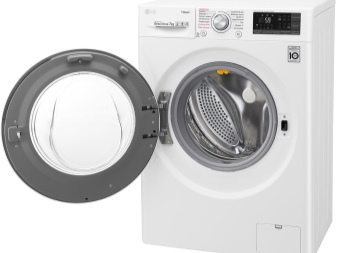
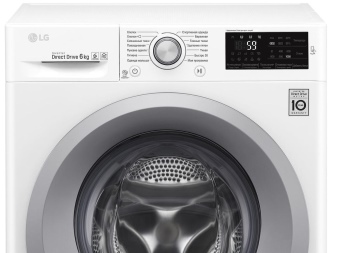
Modern washing machines equipped with a direct drive have not only advantages but also disadvantages. Let's consider them in more detail.
- Such units are more expensive than belt copies. This applies both to the washing machine itself and to its spare parts.
- This technique is characterized by dependence on uninterrupted electricity. The inverter motor is controlled by electronic systems that are very vulnerable to voltage surges. It is advisable for users to insure themselves and connect a special stabilizer to the units.
- These washing machines often have an oil seal. With direct transmission, the motor is under the tank, therefore, if the oil seal is not replaced in time, leaks often occur. Water entering the engine leads to serious malfunctions, up to complete burnout. Usually, the warranty does not cover such damage, and users have to pay for expensive repairs of household appliances themselves.
- In direct drive machines, the bearings wear out much faster. Without a pulley and belt, absolutely all of the load from the rotating drum falls on the bearings in the immediate vicinity. This increases their erasure, which is why these parts have to be often replaced with new ones.

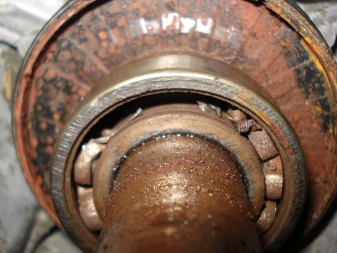
When buying a washing machine with a direct drive, you must consider all its advantages and disadvantages.
Knowing about them, a person will be able to use the technique correctly and will be more attentive to vulnerable parts.

Differences from belt drive
Washing machines that have a direct drive or a special belt have many differences. Let's focus on the main points.
- The direct drive has a direct connection between the rotor and the drum axle. In the case of belt specimens, the belt connects the pulley of the tank and the engine, due to which the drum rotates and stops.
- The engine in models with direct drive is located under the tank and leads to strong friction of adjacent parts - bearings. In belt versions, special brushes are used, which are designed to smooth out friction, as well as limit the transfer of current.
- The difference between belt and direct drive models lies in the price. The first options are usually cheaper than the second.
- Direct drive washing machines tend to be more spacious. But the belt specimens cannot boast of this, since in the design of the equipment a lot of space is allocated for the installation of brushes, belts and a pulley.
- Belt washing machine models usually run quite loudly, generating strong vibrations. Direct drive units do not have this problem.
- In machines with a direct drive, more powerful engines are installed compared to non-drive devices.
- Beltless designs are more stable, so direct drive models are more balanced than beltless designs.
- Repairing a belt machine is always cheaper than repairing modern copies with a direct drive.
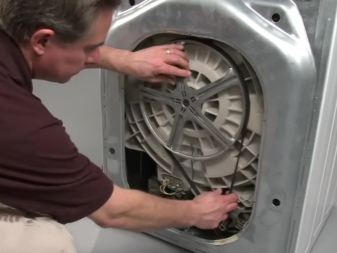
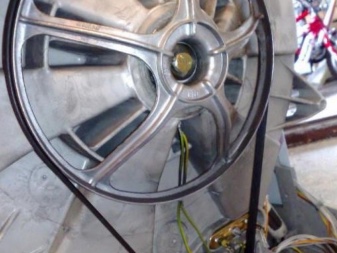
Both direct drive technology and belt units have their strengths and weaknesses.Each buyer decides for himself which option suits him best.
Subtleties of repair
It so happens that the drum does not spin in machines with direct drive. A similar problem can arise for the following reasons:
- the sensor is out of order;
- the malfunction lies in the control module or the engine of the machine;
- the drum bearing is worn out.
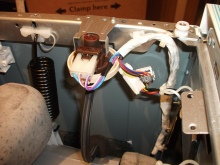
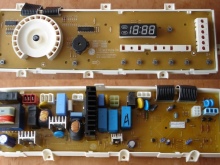
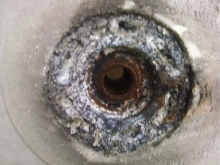
The bearing can be replaced independently with a new one suitable for a specific device model. If we are talking about more complex system breakdowns or problems with the engine, then it is better to entrust the repair of the device to specialists. On devices with direct drive, spinning may stop working. This happens due to a breakdown of the sensor or engine, problems with the control module. A simple user himself is unlikely to be able to fix such problems, so a trip to the service is inevitable.
If the spinning does not occur due to an overload of the tank, then it is enough to remove unnecessary things. Or report if there are too few of them in the drum.


In the event of any malfunction, automatic direct drive machines usually signal this on an informative display. So the user can find out exactly what the problem is, what actions should be taken. You should not repair such equipment yourself if you do not understand anything about its device, and the machine is still under warranty. In such cases, you need to visit a service center.
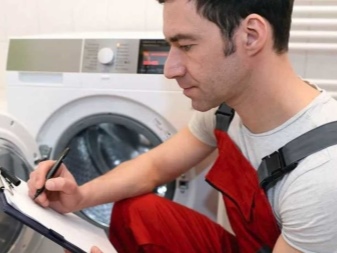
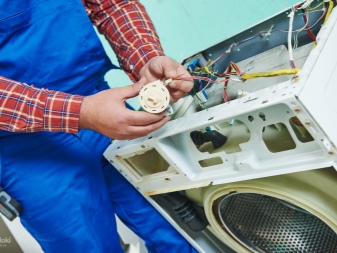
Brands
Quality direct drive machines are produced by such well-known brands.
- LG. Produces excellent machines with electronic control, economical water and energy consumption. The equipment is of high quality and durable, equipped with a large number of necessary modes and programs.
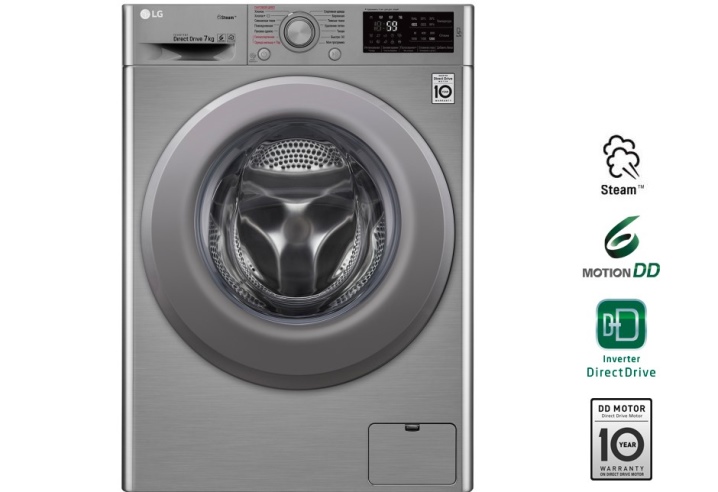
- Samsung. This brand offers durable and practical devices with attractive designs, large tank capacity, and a high level of all-round safety.
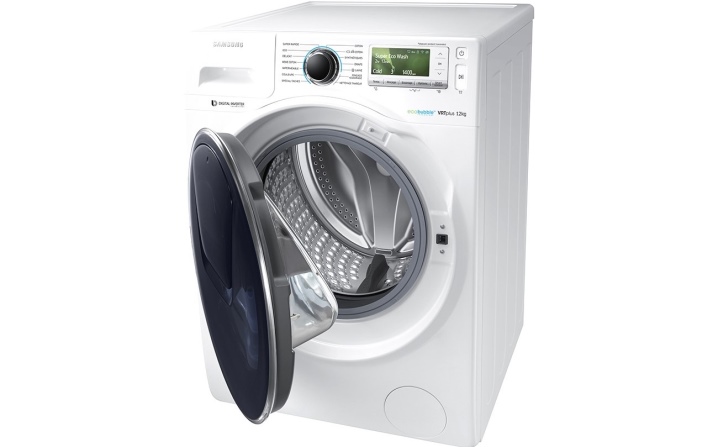
- Bosch. Produces high-quality direct-drive machines with improved functional "stuffing", good spinning power, economical water and energy consumption. The equipment can have not only large, but also compact dimensions.
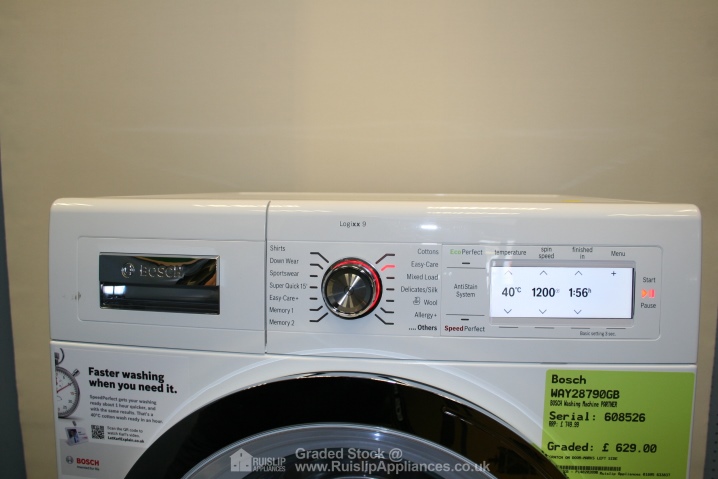
Which motor is better, or what is the difference in the motors of washing machines, see below.













The comment was sent successfully.